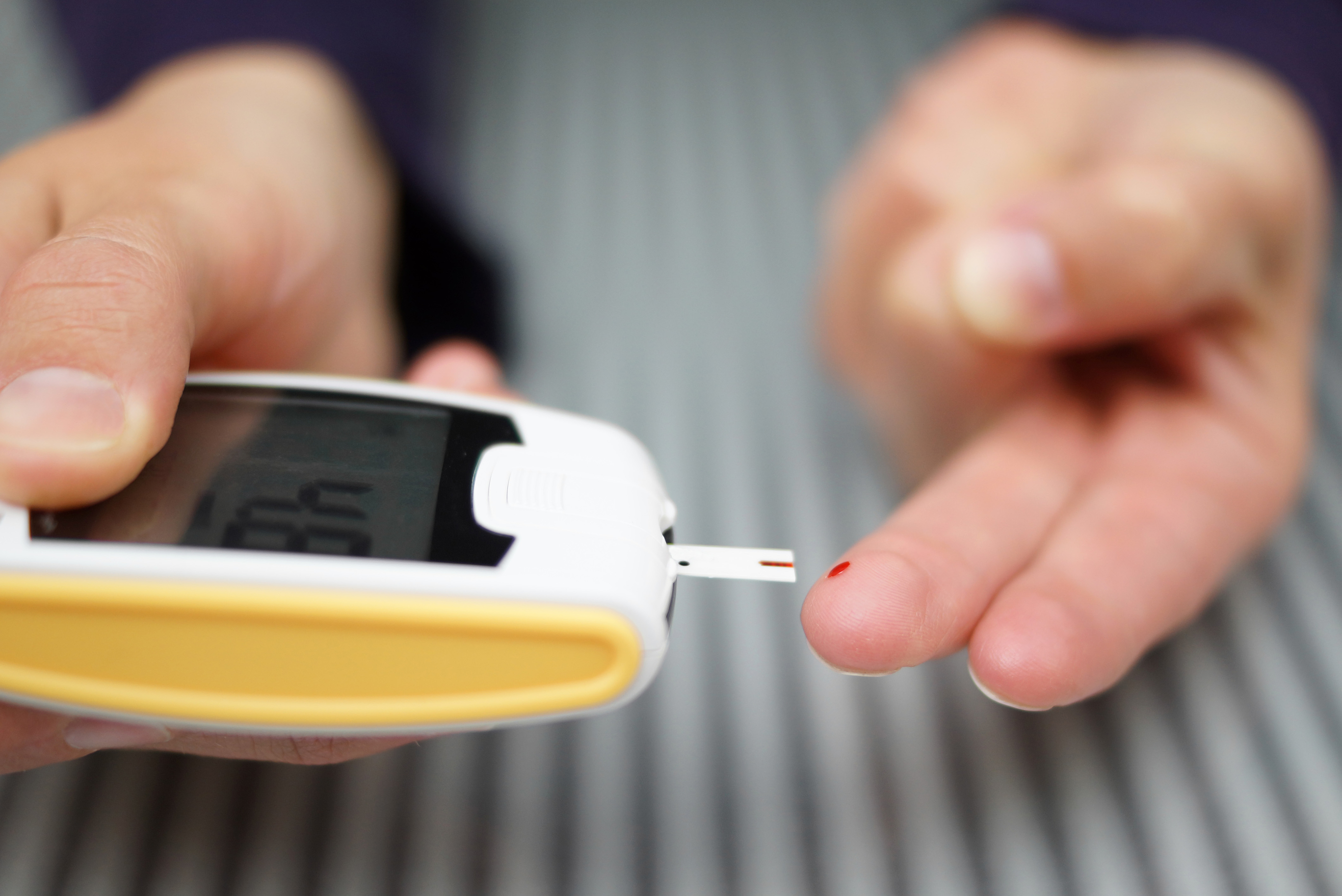Tips For Diabetic Home Care and Monitoring
Managing diabetes is a lifetime commitment and requires both medical support and lifestyle changes. Type 1 diabetes requires insulin in addition to attention to diet and exercise, whereas the treatment for Type 2 diabetes focuses on weight loss. However, if proper diet and exercise do not do the trick to reduce weight and lower blood sugar, medication is the next step. Care at home on a daily basis is also vital.
Disadvantages Of At-Home Monitoring

Taking daily reading with strips and meters is expensive when it is a lifelong commitment. For some people, the thought of pricking their finger to draw blood is not enjoyable and for others, the process is not convenient when it has to be done around other activities or appointments. Similar to other challenges like losing weight, some people are frustrated by the results, assuming they will be better while they work at making changes.
Advantages Of At-Home Monitoring

It is very useful to monitor glucose readings at home because the results are immediate and convenient. If a diabetic realizes his or her levels are too high, he or she can take the steps right then to reach for insulin or make dietary and exercise adjustments. It allows people to carry on with daily life, while being able to conduct regular testing and have consistent results available for their medical team.
